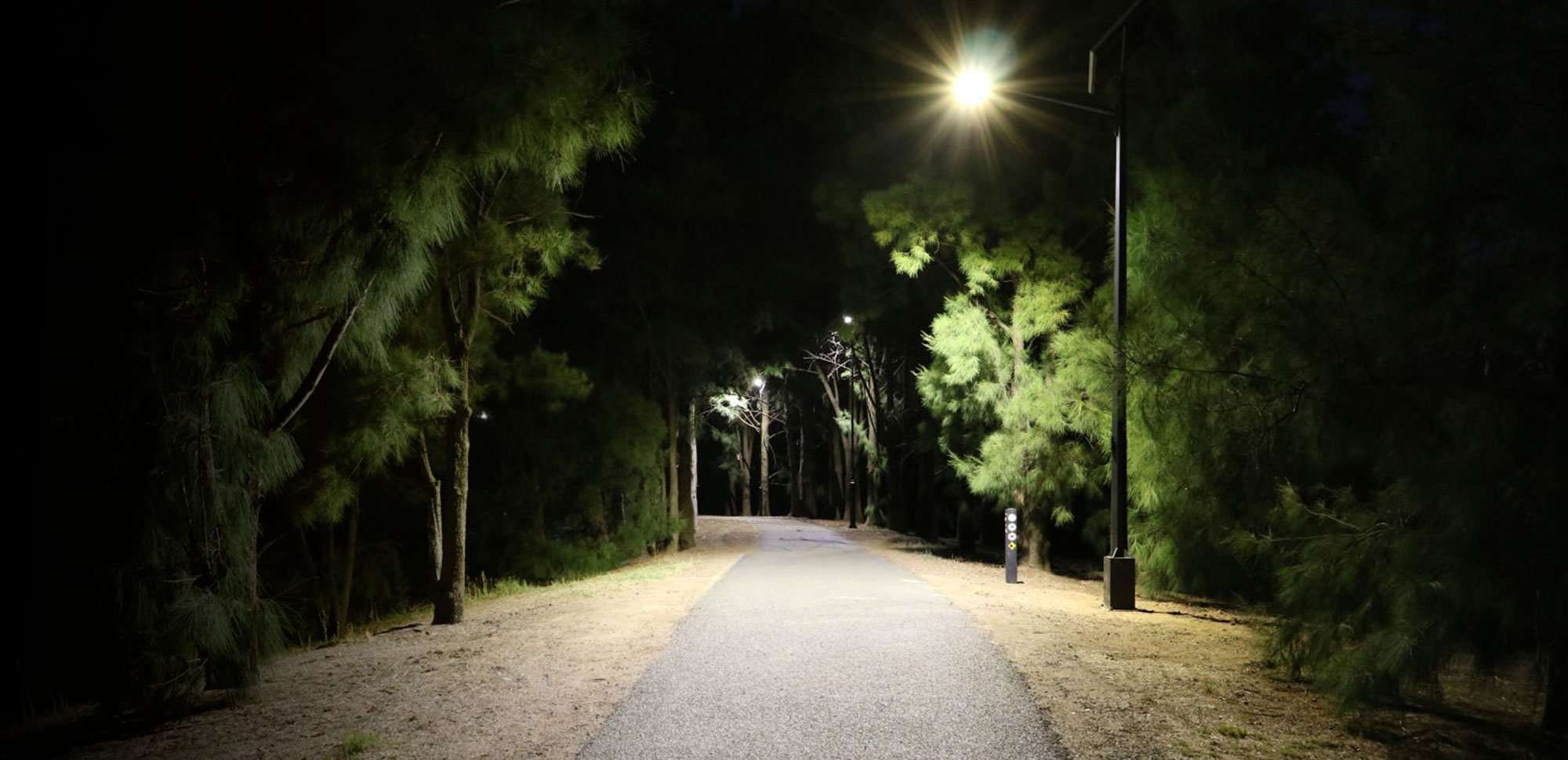Lithium Iron Phosphate (LiFePO4) – Advantages
The key benefit of Lithium Iron Phosphate (LiFePO4) battery technology is that it has a high current rating and long cycle life, increasing thermal stability and enhanced tolerance if anything goes wrong. The overall safety of this battery type allows for batteries to handle full charge conditions when kept at high voltage for a prolonged time.
Ultra Safe LFP’s high thermal runaway temperature and optimum energy density make them the safest and most popular lithium-Ion battery system. Green Frog Systems integrated BMS removes the possibility of incorrect connection or installation that can be associated with independent BMS systems. Finally, lithium iron phosphate produces no explosive gasses during charge or discharge, unlike lead-acid systems.
Fast Charging Compared to AGM and lead-acid batteries, lithium-ion batteries not only charge faster with a full recharge typically taking just 2.5 hours in a 100Ah battery at the optimum rate of charge.
Highly Efficient When it comes to the efficiency of lead batteries versus lithium iron, the choice is clear. Lead acid batteries typically store around 70-80% of the energy provided in a whole charge cycle. However, when operating in the top 20% state of charge and in hotter climates, this can drop to below 60% of the charge energy provided being stored during the absorption phase. This leads to slow charge cycles and wasted solar energy. On the other hand, lithium iron phosphate batteries store more than 95-97% of charge energy supplied and have no absorption phase leading to ultra-efficient use of the available energy and faster recharge times.
Longer Lifespan Lithium Iron Phosphate batteries last up to 15 times longer than budget flooded lead-acid batteries. With a 50% depth of discharge, more than 6000 cycles can be achieved. For most people, the investment in lithium will save time and money in the long run, delaying the need for a battery replacement in their solar lighting assets.
Lightweight They are up to 60% lighter than equivalent lead-acid batteries, making them a lightweight option. Their ultra-compact size allows you to increase capacity and maximise space. Bulky batteries can, therefore, be a thing of the past! This is vital in modern, sleeker designed solar lighting systems with in-pole battery storage such as the GFS-ASPIRE solar light range.
DID YOU KNOW ? : A 300Ah Lithium battery weighs about 27kg, but provides the SAME USABLE ENERGY as a 480Ah flooded lead-acid system that would weigh around 120kg!
Environmental Impact and Sustainability
We can all do our bit to reduce our carbon footprint and dispose of waste in the safest way possible. Another positive characteristic of LiFePO4 batteries is that they contains non-toxic and biodegradable materials. Additionally Iron and phosphate do not produce toxic gases when operating and do not contain any heavy metal materials that can contaminate if they come into contact with nature upon disposal.
Lithium Iron Phosphate (LiFePO4) – Disadvantages
Similar to most batteries, cold temperature reduces the performance of Lithium Iron Phosphate (LiFePO4) batteries and high temperature shortens the service life. LiFePO4 has a higher self-discharge than other Li-ion batteries, which can cause cell balancing issues as they age.
This is only avoided by using high quality cells and sophisticated battery management control systems. All our LiFePO4 batteries come with a battery management system (BMS) to protect the battery. These battery management circuits ensure the longest possible lifespan from this battery type with more recent product releases such as the DEFENDER-55 solar light making use of passive cell balancing technology to further extend battery life and reliability.























